The Ultimate Guide To Companion Planting For Turnips
The Ultimate Guide to Companion Planting for Turnips
Turnips are a versatile and delicious root vegetable that can be enjoyed in a variety of dishes. They are also relatively easy to grow, making them a great option for home gardeners.
One of the best ways to improve the growth and productivity of your turnips is to practice companion planting. Companion planting is the practice of planting different types of plants together in order to benefit each other. There are many different companion plants that can benefit turnips, but some of the best include:
- Legumes: Legumes, such as peas and beans, are nitrogen-fixing plants. This means that they can convert atmospheric nitrogen into a form that is usable by other plants. This can help to improve the nitrogen content of the soil, which can benefit turnips.
- Herbs: Many herbs, such as basil, rosemary, and thyme, have strong scents that can repel pests. This can help to protect your turnips from insects such as aphids, cabbage worms, and flea beetles.
- Other root vegetables: Other root vegetables, such as carrots and radishes, can help to break up compacted soil. This can improve drainage and aeration, which can benefit turnips.
In addition to these specific companion plants, there are a few general principles that can be followed when companion planting turnips. First, it is important to avoid planting turnips near plants that compete for the same resources. This includes other root vegetables, as well as plants that require a lot of nitrogen, such as tomatoes and cucumbers.
Second, it is important to consider the height of the plants when companion planting. Turnips are relatively short plants, so it is best to plant them with taller plants that will provide shade and shelter. This can help to protect the turnips from pests and diseases.
Finally, it is important to experiment with different companion plants to see what works best in your garden. The best companion plants for turnips will vary depending on your climate, soil conditions, and other factors.
Here is a more detailed look at some of the best companion plants for turnips:
Legumes: Legumes are one of the best companion plants for turnips. They are nitrogen-fixing plants, which means that they can convert atmospheric nitrogen into a form that is usable by other plants. This can help to improve the nitrogen content of the soil, which can benefit turnips. Legumes that are good companion plants for turnips include peas, beans, and lentils.
Herbs: Many herbs have strong scents that can repel pests. This can help to protect your turnips from insects such as aphids, cabbage worms, and flea beetles. Herbs that are good companion plants for turnips include basil, rosemary, thyme, mint, and nasturtiums.
Other root vegetables: Other root vegetables, such as carrots and radishes, can help to break up compacted soil. This can improve drainage and aeration, which can benefit turnips. Root vegetables that are good companion plants for turnips include carrots, radishes, and beets.
Other beneficial companion plants: In addition to the plants mentioned above, there are a few other beneficial companion plants for turnips. These include:
- Cabbage family vegetables: The cabbage family vegetables, such as broccoli, Brussels sprouts, and cauliflower, can help to attract beneficial insects, such as ladybugs and hoverflies. These insects help to control pests that can damage turnips.
- Squash: Squash can help to suppress weeds. This can help to keep your turnips free of competition and pests.
- Lettuce: Lettuce can help to attract pollinators, such as bees and butterflies. These pollinators help to pollinate the turnips, which can improve their yields.
Turnips are a delicious and versatile root vegetable that can be enjoyed in a variety of dishes. But did you know that the plants you grow near your turnips can actually have a big impact on their growth and flavor?
That's where companion planting comes in. Companion planting is the practice of planting certain plants together to benefit each other. There are many different plants that can be companion plants for turnips, but some of the best include:
- Brassicas: Brassicas, such as broccoli, kale, and cauliflower, are great companions for turnips because they help to attract aphids and other pests away from the turnips.
- Legumes: Legumes, such as peas and beans, are nitrogen-fixing plants, which means they can help to improve the soil quality for your turnips.
- Herbs: Herbs, such as mint, rosemary, and thyme, can help to repel pests and attract pollinators to your turnips.
If you're interested in learning more about the best companion plants for turnips, I recommend visiting Gardenia Inspiration. This website has a wealth of information on companion planting, including a list of the best plants to grow with turnips.
FAQ of best companion plants for turnips
Q: What are the best companion plants for turnips?
A: Turnips have a number of beneficial companion plants that can help improve their growth and yield. Some of the best companion plants for turnips include:
- Beets: Beets and turnips are both root vegetables that share similar growing conditions. They can be planted together in the same row, or they can be interplanted with each other.

- Carrots: Carrots and turnips are another good companion plant combination. They both have shallow roots, so they won't compete for space. Carrots also help to repel pests from turnips.
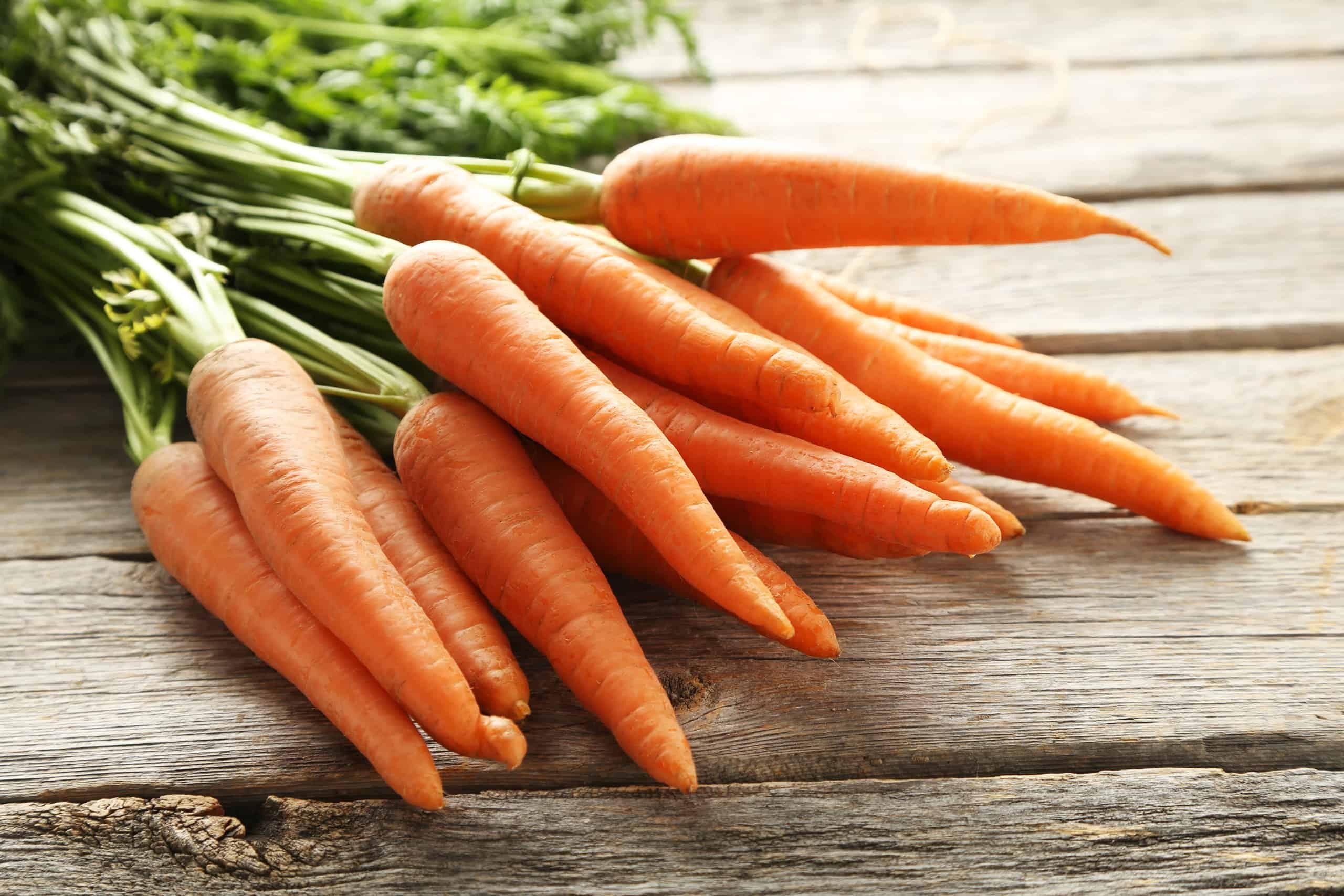
- Onions: Onions are a great companion plant for turnips because they help to repel pests, such as aphids and cabbage moths. They also help to improve the flavor of turnips.
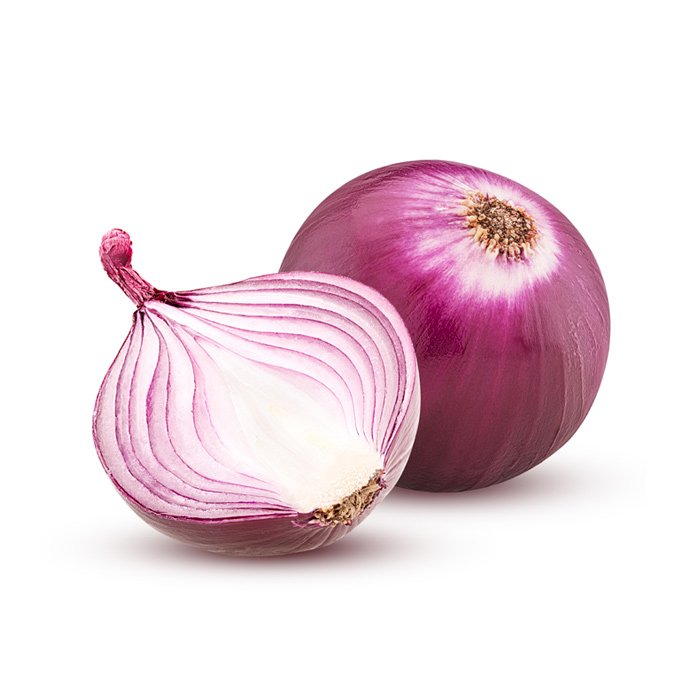
- Chives: Chives are another good insect repellent that can be planted with turnips. They also help to improve the flavor of turnips.
- Spinach: Spinach is a nitrogen-fixing plant, which means that it can help to improve the soil quality for turnips. It also helps to shade the soil, which can help to prevent weeds from growing.

Q: What plants should I avoid planting near turnips?
A: There are a few plants that you should avoid planting near turnips. These include:
- Cabbage: Cabbage and other members of the Brassica family, such as broccoli and cauliflower, are susceptible to the same pests and diseases as turnips. Planting them together can increase the risk of these problems.
- Potatoes: Potatoes and turnips compete for the same nutrients in the soil. Planting them together can lead to poor growth and yield for both plants.
- Mustard greens: Mustard greens can release chemicals that inhibit the growth of turnips. It is best to avoid planting them together.
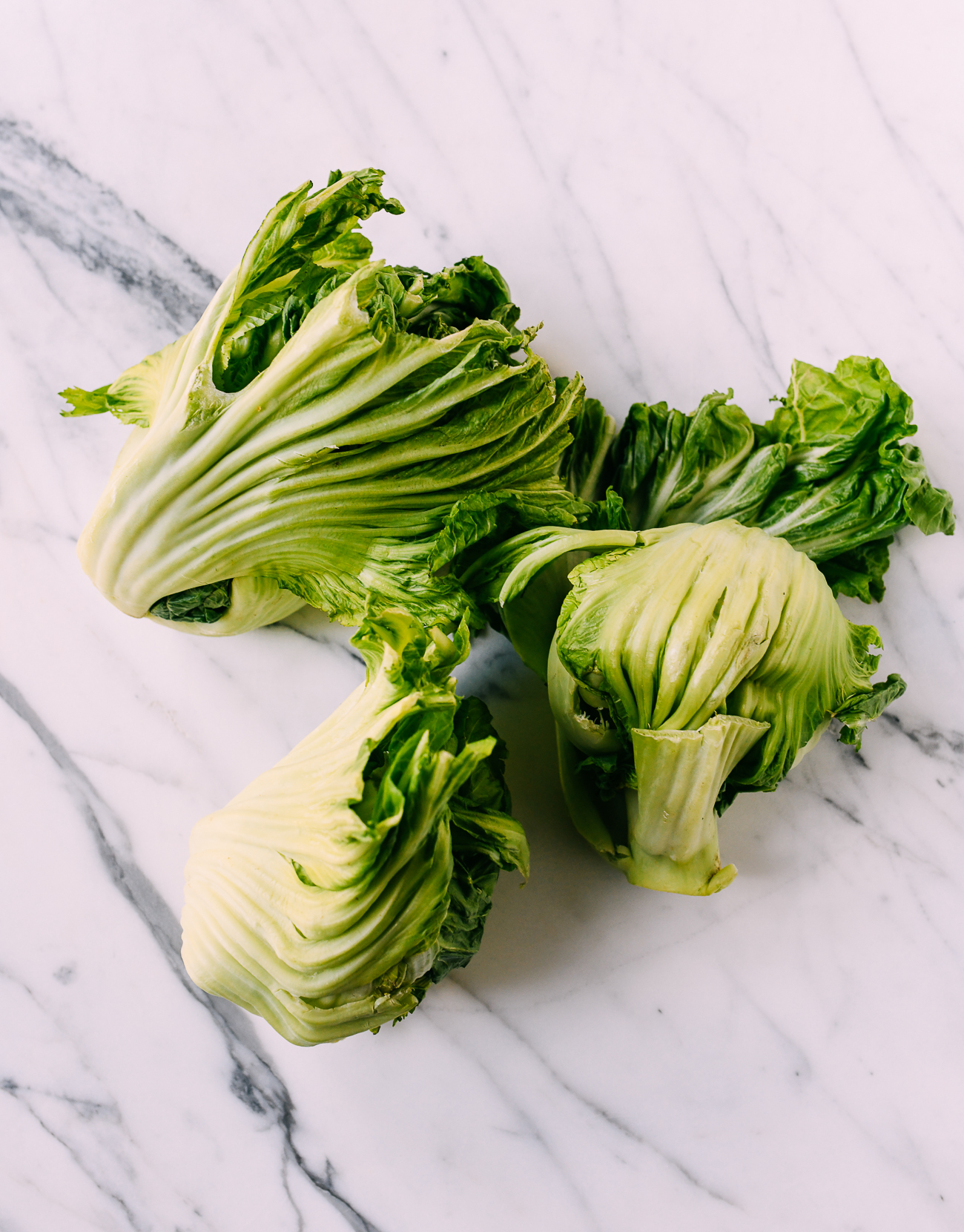
- Nightshades: Nightshades, such as tomatoes, eggplant, and peppers, should not be planted near turnips. These plants can attract pests that also damage turnips.
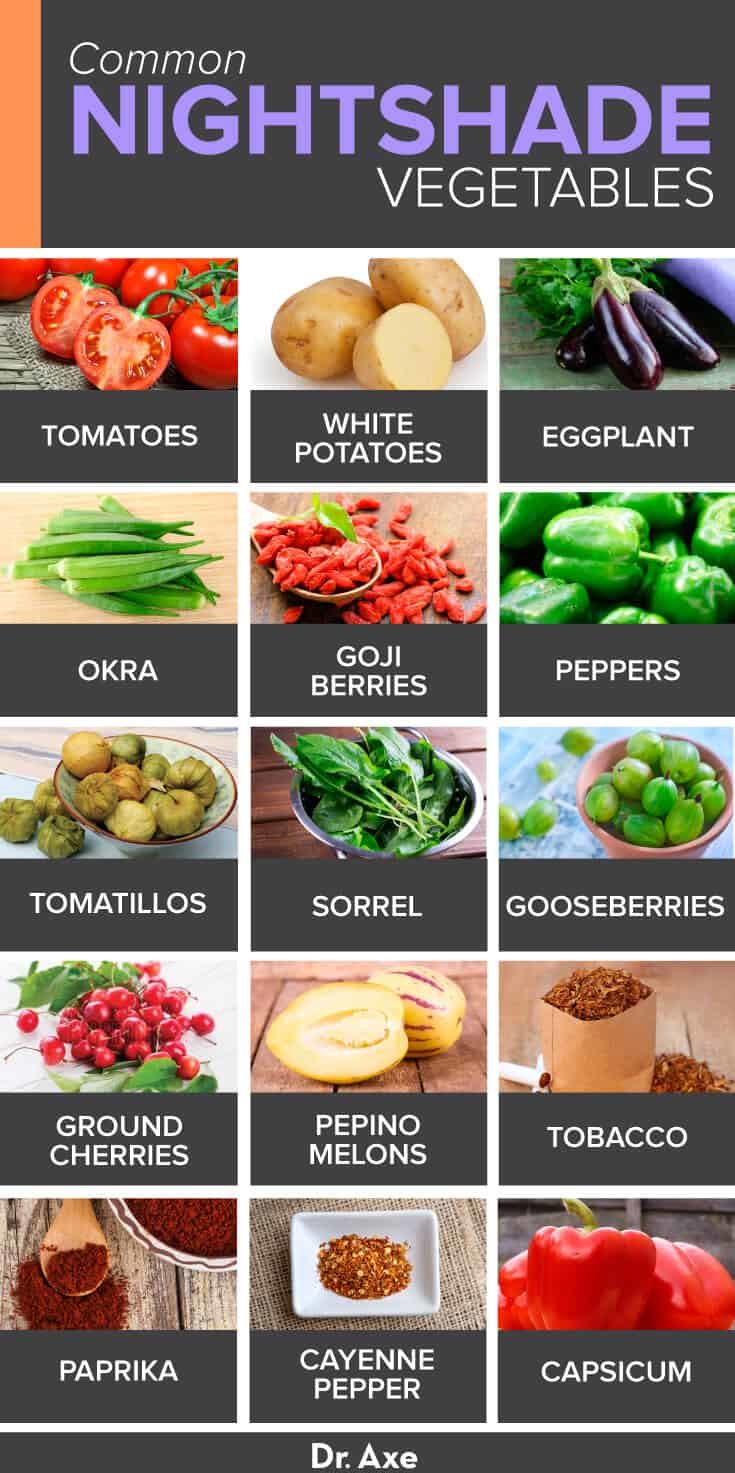
Q: How close together should I plant turnips?
A: Turnips should be planted about 1-2 inches apart in rows that are 18-30 inches apart. This will give the plants enough space to grow and develop their roots.
Q: What are the benefits of companion planting with turnips?
A: There are a number of benefits to companion planting with turnips. These include:
- Improved growth and yield: Companion plants can help to improve the growth and yield of turnips by providing them with nutrients, shade, and protection from pests.
- Reduced pest pressure: Companion plants can help to reduce the pest pressure on turnips by attracting beneficial insects, repelling pests, and breaking the pest lifecycle.
- Improved soil quality: Companion plants can help to improve the soil quality for turnips by fixing nitrogen, suppressing weeds, and breaking up compacted soil.
Q: What are some other tips for companion planting with turnips?
A: Here are some other tips for companion planting with turnips:
- Plant turnips with a variety of companion plants: This will help to maximize the benefits of companion planting.
- Consider the growth habits of the plants: When choosing companion plants for turnips, it is important to consider the growth habits of the plants. For example, turnips should not be planted with plants that have deep roots, as they will compete for resources.
- Experiment with different combinations: There is no one-size-fits-all approach to companion planting. Experiment with different combinations of plants to find what works best for your garden.
Image of best companion plants for turnips
5 different images of "best companion plants for turnips" from Pinterest:
- Carrots: Carrots and turnips are both root vegetables, so they benefit from being planted together. Carrots help to suppress the growth of root-knot nematodes, which can be a problem for turnips.
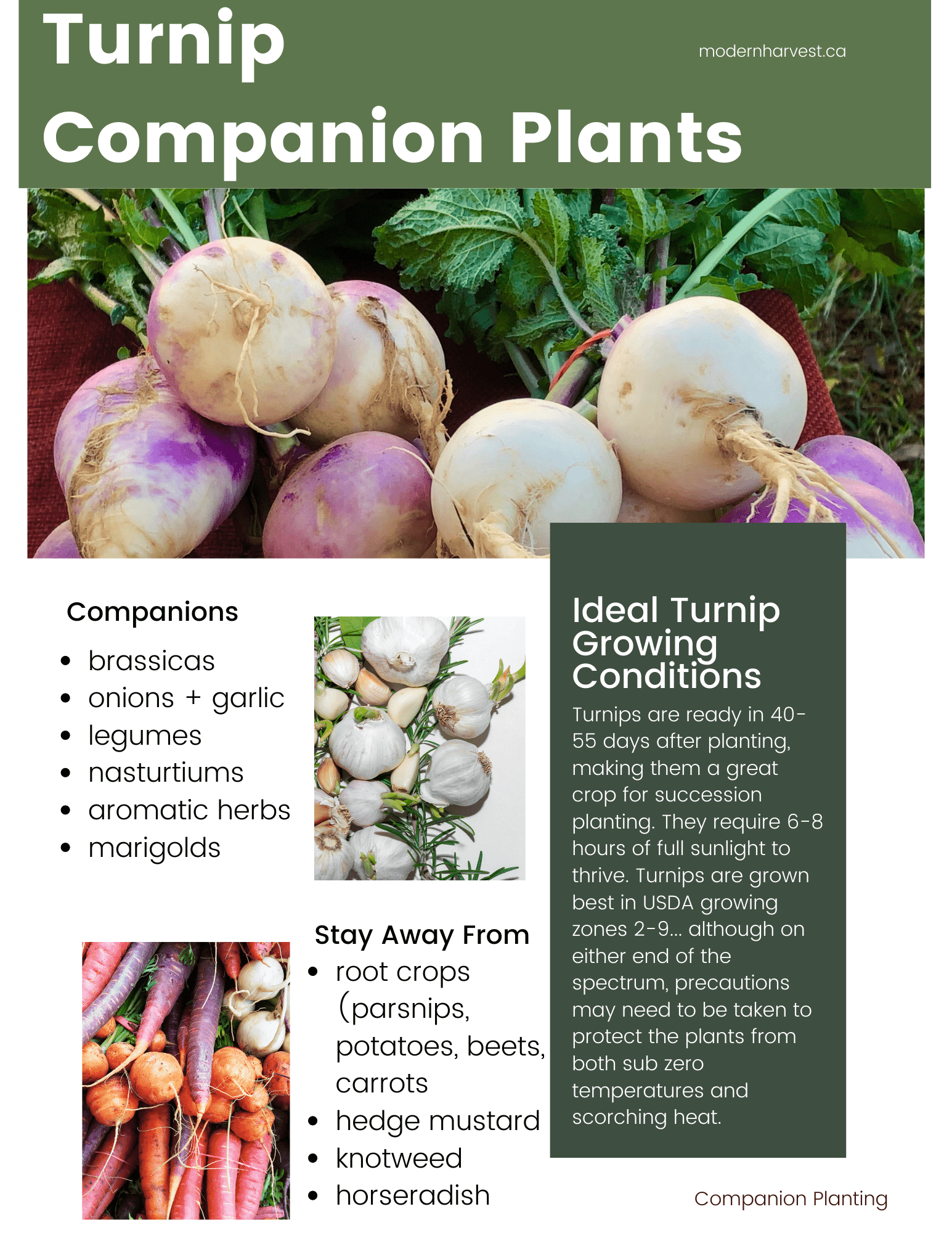
- Lettuce: Lettuce is a good companion plant for turnips because it helps to deter pests. Lettuce's strong scent can repel aphids, cabbage moths, and other insects that can damage turnips.
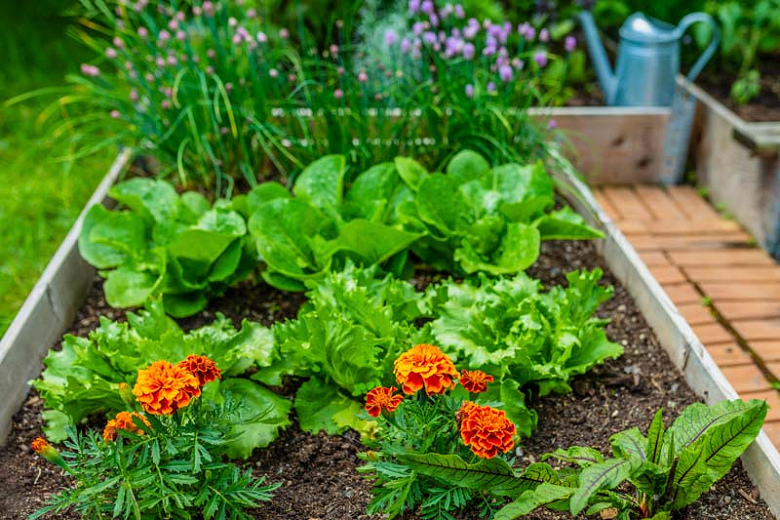
- Herbs: Herbs like mint, chives, and basil are also good companion plants for turnips. These herbs help to attract beneficial insects, such as ladybugs and hoverflies, which can help to control pests.

- Brassicas: Other brassicas, such as broccoli, kale, and cabbage, are also good companion plants for turnips. These plants help to attract pollinators, which can help to improve the yield of all of the plants in the garden.

- Peas: Peas are a good nitrogen-fixing plant, which means that they can help to improve the soil quality for turnips. Peas also help to suppress the growth of weeds, which can give turnips a better chance to thrive.

Post a Comment for "The Ultimate Guide To Companion Planting For Turnips"